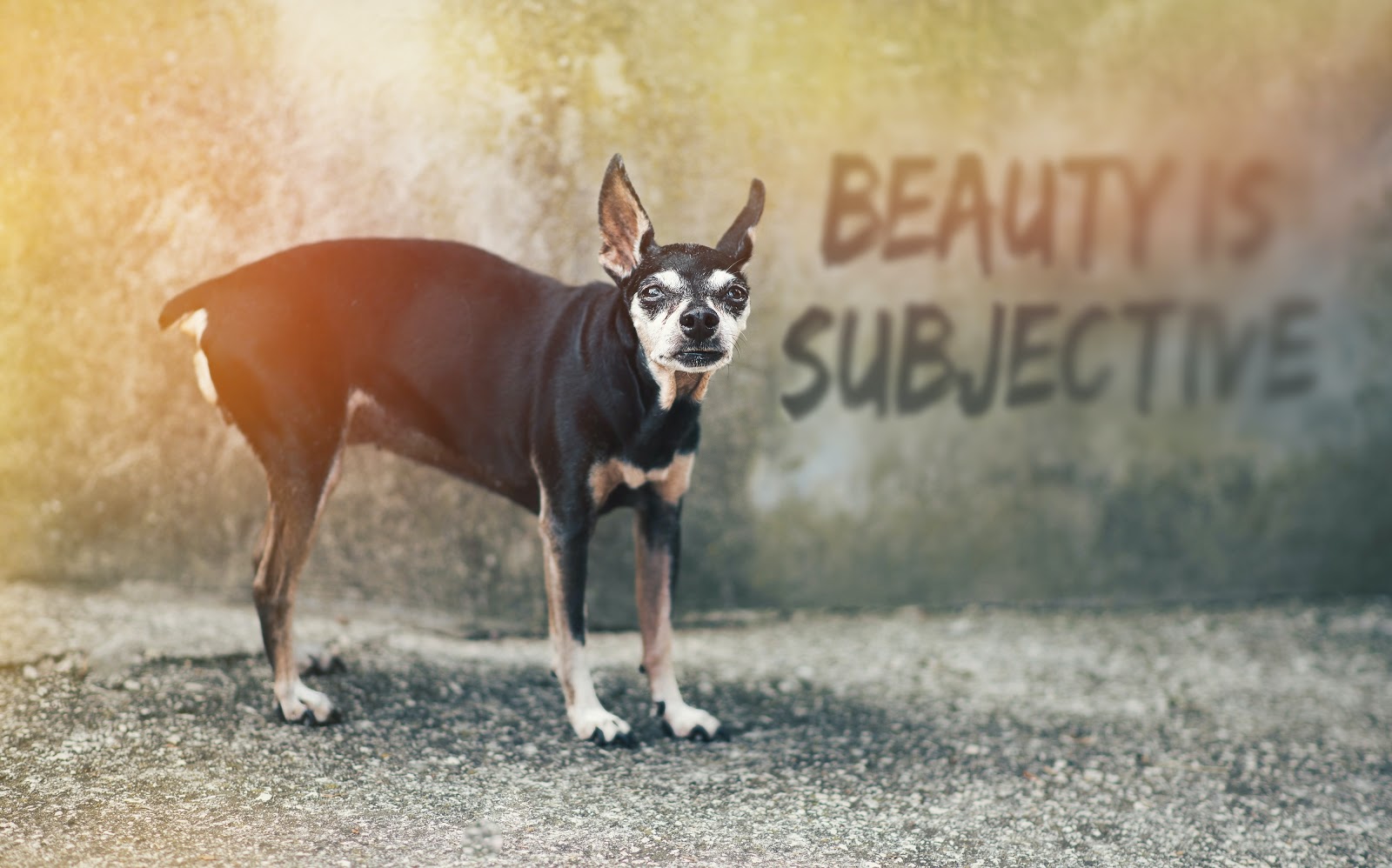Spreading Awareness this ‘Adopt a Less Adoptable Pet Week’
By: Melissa Kauffman
In 2009, Petfinder established Adopt a Less Adoptable Pet Week to raise awareness of the need to recognize and adopt pets that seem to be frequently overlooked. The week falls in the third week of September, and it's celebrated annually. This year, the week falls between 21st and 27th September 2020.
Sadly, some pets are often passed over in rescue homes and shelters by people looking to adopt or foster an animal. According to Petfinder, 27% of their adoption groups have pets that have been waiting to find a forever home for more than two years, which is four times more than the average waiting time.
One of the reasons why such pets get overlooked is because many people aren’t aware that they have a more challenging time finding a home. This brings us to one of the major reasons for celebrating the Adopt a Less Adoptable Pet Week - awareness.
At Hinsdale Humane Society we believe all animals are loveable and adoptable, but here we’ll look at why some pets are considered ‘less adoptable’ by society, and what we can do to change this and put a smile on these animals' faces.
 What pets are considered ‘less adoptable’?
What pets are considered ‘less adoptable’?
This week we’re focusing less on the desirable puppies and kittens all over the US shelters and rescues, and shedding light on all the often overlooked pets when it comes to adoption and fostering. If you’re wondering who these pets are, here are a few examples.
1. Black dogs and cats
Black dogs and cats have a more challenging time getting adopted, which is something many rescue workers are familiar with.
Black dogs and cats have the highest euthanasia rates and the lowest adoption rates in shelter homes. The discrimination against black pets is so common that it even has a name – Black Dog Syndrome, and the month of February is dedicated to creating awareness of this syndrome. But why are these beautiful black-furred pets often passed over when it comes to getting a foster home?
- They don’t stand out. Due to their black coats, black pets often don’t stand out like lighter pets. In dimly lit shelter homes and kennels, many adopters don’t notice the features of black pets. Most rescues and shelters also photograph their pets when seeking adopters, putting the black pets at a disadvantage as they don’t stand out in photographs compared to their lighter counterparts.
- Superstition. There has been a long history of negative myths and folktales associated with black pets. For instance, black cats are associated with witchcraft in many parts of the world, while in many books and movies, most dangerous dogs are often black. This has made most people have a negative attitude toward black pets.
Black pets, just like other animals, are wonderful companions, and this week we are encouraging adopters to look past a pet’s coat color and focus instead on their personality.
 2. Senior pets
2. Senior pets
Many pet parents prefer to adopt a young pet, which is why there are so many senior pets left behind in shelters. There are many misconceptions about adopting an older pet, including that such pets are likely to get sick so will be more expensive, or that they’re not trainable.
However, many older pets in rescues are already house trained. Similarly, as long as pet parents adhere to routine medical check-ups, pet parents should not end up spending more on their pet’s health. Most senior pets are already spayed or neutered, vaccinated, and are less susceptible to certain illnesses compared to puppies. Senior pets also make great companions for people who need a pet with low energy.
Other notable advantages of adopting an older pet include:
- Older pets have fewer exercise needs
- Senior pets are already grown, so there will be no personality or temperament surprises and owners know their full size
- Senior pets are already socialized, making them wonderful companions
3. Special needs pets
Most pet owners are intimidated when they hear a pet has special needs. Some see this as a sign of an animal’s shortcomings which simply isn’t true. Other pet parents overlook them because they worry that it will cost them too much money and time spent taking care of a special needs pet.
Unknown to many adopters, most special needs animals are very resilient and fiercely loyal. Such pets are often an inspiration to their owners as they inspire them to face their fears and live life to the fullest. When you adopt a special needs pet, you get a chance to help out an animal that really needs some love and care.
4. Bully breeds
Most shelter pets are adopted within a couple of days or weeks, but bully breeds, including Pit Bulls, Boxers, Rottweilers, Mastiffs, and Bulldogs, can take several months and or even years to find a home. These underdogs are often prejudiced against due to the misconception that they are aggressive, just as black dogs may be considered unfriendly, or how mop dogs are a little unusual looking. But these bully breeds are the most loving and caring pets if appropriately bred and well trained.
What can you do to help?
If you’ve been thinking of adopting or fostering a pet, please consider taking home a ‘less adoptable’ pet.
Alternatively, if you aren’t in a position to foster or adopt such a pet, here are other ways you can support them:
- Educate your family and friends on the benefits of adopting a less adoptable pet
- Sponsor a special animal and help a less adoptable pet find a forever home
- Raise awareness on social media through joining and supporting less adoptable pets’ initiatives
- Volunteer in a shelter or a rescue and help take care of a senior or a special needs pet
- Do away with the stigma of less adoptable pets by sharing your success story with a ‘less adoptable’ pet
To make a donation to our wonderful animals, click here. Thank you so much for your continued support.
Leave a Comment
Share your thoughts about this post with us.
